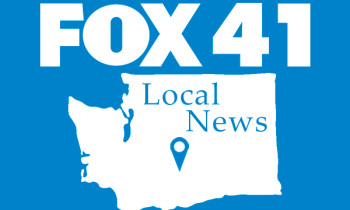
YAKIMA, Wash. – The City of Yakima is advancing to phase two of the Nelson Project, aimed at improving irrigation infrastructure and protecting local wildlife. This project has been part of the city’s plans for years.
Yakima County Commissioner Amanda McKinney is excited for the project to move forward.
“It really is something that we jumped on because we saw the many benefits, not only to the environment but for the human impacts,” Commissioner McKinney said. “And we feel in Yakima County it’s incredibly important that our community members feel that we are investing in things that are going to improve their lives.”
Phase one began in May 2021 with the removal of the Nelson Dam. This was crucial to improving water supply, clearing flood plains, and creating fish passages. According to the City of Yakima’s website, phase one took two years to complete and wrapped up in May 2023. McKinney says phase one of the project cost the city $18 million, funded by state and federal grants.
According to Mike Shane, Water/Irrigation Manager for Yakima, the dam was originally built in the 1920s for irrigation. It was rebuilt in the 1980s and had been a safety issue for the public.
Shane told NonStop Local that someone drowned at the dam a few years ago.
“It also reduced the flood elevation in that immediate vicinity along the Naches River. With the dams in place for so many years, sediment had built up in the river upstream of that dam,” Shane said.
Programs to improve other floodplain areas will be addressed in phase two. The next steps include removing old infrastructure for modern replacements.
“We’ve got a bridge that we’re going to be working on replacing. There is some additional irrigation infrastructure that’s obsolete that we’re going to take out. There’s more regrading of the floodplain to cut in some more natural channels to allow the river to branch out more in flooding events,” McKinney said.
The changes have created opportunities for people to enjoy the river.
“It opened up the Naches River in that vicinity for kayakers and paddleboards, which we’ve seen throughout the summer,” Shane said.
The removal of the dam has also led to positive changes for local fish populations, enhancing their habitat and helping their numbers grow in the river, Shane said.
Phase two started Oct. 14.

